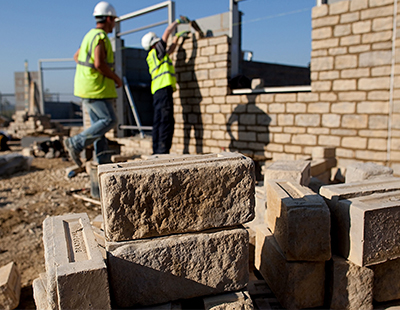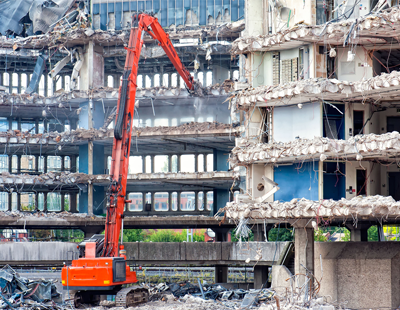Probably the most significant reason brownfield sites are being prioritised by the government is because of the impact on the environment.
Brownfield sites are previously developed land, which may have been used for industrial, commercial, or agricultural purposes, but which now lay redundant. By redeveloping this disused land, you’re leaving green, open spaces intact.
In fact, with a lack of green spaces, and an estimated need to build 300,000 new homes per year, brownfield sites could also be the answer to the UK’s housing shortage.
CPRE, the countryside charity (formerly known as the Campaign to Protect Rural England), revealed there is enough brownfield land in the UK for more than one million homes, which could help the government meet new build targets whilst also preserving the countryside.
Beyond numbers and targets, though, building on brownfield sites can offer real value to the community. Chances are, the land you’re redeveloping is a current eyesore.
It may be a disused petrol garage, or abandoned warehouse for example, and cleaning this up can breathe life back into the area and spur regeneration. Most local residents are more in favour of brownfield site development, which is likely to make you a more popular neighbour too!
Then, of course, we have the all-important planning permission. Planning permission hassles can make you wish you’d never taken a project on in the first place, but luckily, the stress of planning permission is alleviated with brownfield sites, with developers no longer needing to submit a ‘normal’ planning application to build on brownfield sites if they’re being rebuilt as homes.
What should you be aware of?
As with any type of self-build project, there are a few things to be aware of if you’re considering using a brownfield site.
Whilst this land can be cheaper to buy initially, it may feature low levels of contamination. These pollutants could take the form of oils and tars, for example, but a survey from an environmental consultant will need to be undertaken to fully understand what potential contaminants are present.
As long as the correct remedial work is carried out, however, these sites can be safely occupied for residential use.
Due to years of disuse, brownfield sites can also find themselves becoming harbours to local wildlife too. Don’t be surprised if bats or owls have taken residence in the area. Again, not a problem, but you may have to undergo a survey and take precautionary measures, which can slow your project down a little.
Finally, you’ll also need to make sure you’re basing your costs on a self-build mortgage, rather than a standard residential product.
Some lenders may be hesitant to lend on brownfield sites, which is why you may wish to seek advice from an intermediary. You’re also more likely to be accepted by a mortgage provider who undertakes a manual lending approach.
In short, if you’re just looking for a quick, risk-free build, there’s probably easier projects to take on, but if you’ve got a bit of time, and a creative vision, a brownfield site could be a good opportunity to build your home.
*Richard Norrington is CEO of Ipswich Building Society, which offers self-build mortgages and operates a manual underwriting approach, so applications are reviewed by an individual, not a computer.





-400x310-min.jpeg)


.png)










Join the conversation
Be the first to comment (please use the comment box below)
Please login to comment